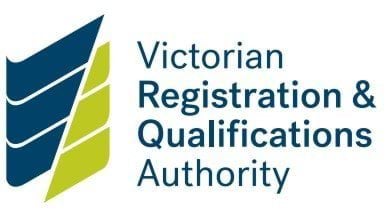About the Standard
RTOs must be aware of the risks associated with both physical and online environments. They should take steps to remove risks of child abuse.
RTOs are required to:
- consider online environments in addition to physical environments
- identify and reduce risks in these environments without compromising a child’s:
- right to privacy
- access to information
- social connections
- learning opportunities
- promote child safety and wellbeing and minimise the opportunity for children to be harmed
- have procurement policies that ensure the safety of children if the RTO contracts facilities and services from third parties.
How to comply
An RTO must be able to provide evidence of:
- a risk management plan that identifies and reduces risks of child abuse and harm in both physical and online environments including third parties
- implemented processes to monitor online and physical interactions
- a Child Safety Code of Conduct for all students, staff, volunteers and visitors to keep children safe in physical and online environments
- third party engagement policies and agreements that set out processes that protect children from risks of child abuse and harm.
Examples of compliance
An RTO complying with this Standard may protect child safety in physical and online environments through its:
- record management policies and processes
- governance frameworks
- risk management policies, documents and processes
- third party arrangements.
Updated


